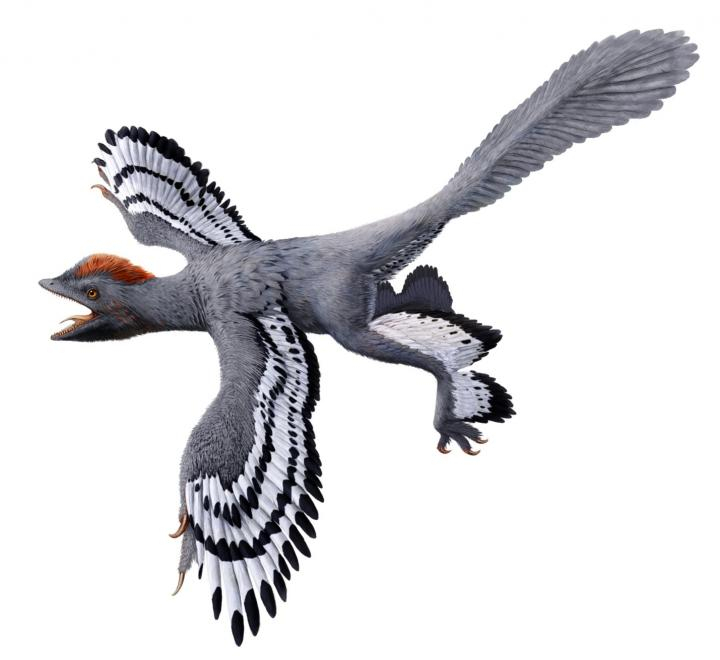
A group of international scientists have discovered a small feathered dinosaur fossil with some dandruff fragments. This bizarre finding has become the first evidence of how dinosaurs and early birds, who were supposed to be destroyed completely due to the apocalypse, shed their skins.
The researchers claimed that the ancient creature used to roam earth about 125-million-years ago. The Paleontologists found tiny flakes of fossilised skin that is almost identical to the modern birds. Scientists also analysed two more feathers dinosaurs, who are known as beipiaosaurus and sinornithosaurus, and an ancient bird to establish their study.
The shocking outcome of the research showed that unlike modern reptiles, the feathered dinosaurs adapted to shed their skin in tiny flakes. The authors of the study also revealed that the modern birds have very fatty dandruff cells because it helps them to release heat while flying but the ancient birds had limited flying skills.
This study was published the journal Nature Communications, where the researchers said that in 2012, they travelled to China to study the fossilized feathered dinosaur, who was a resident of the blue planet during Cretaceous era.
Dr Maria McNamara from University College Cork and the lead author of this study told BBC that they were interested in studying the feathers "and when we were looking at the feathers we kept finding these little white blobs, the stuff was everywhere, it was in between all the feathers."
"We started wondering if it was a biological feature like fragments of shells or reptile skin, but it's not consistent with any of those things, the only option left was that it was fragments of the skin that were preserved, and it's identical in structure to the outer part of the skin in modern birds, what we would call dandruff."
The study showed that dandruff evolved sometime in the Middle Jurassic period, during the evolution of feathered dinosaurs. In addition, Mike Benton from the University of Bristol and the co-author of this research also stated that this evidence of dandruff on a dinosaur's skin has proved that the Jurassic animal was not "shedding its whole skin like a modern lizard or snake but losing skin fragments from between its feathers."

However, it looks very weird that when 66-million-years ago when the giant asteroid hit earth and wiped out almost three quarters of life on Earth, some members of the dinosaur family who have transformed into today's birds, survived the great destruction during the Cretaceous period.
As per the lead-author of a recent study, published in the journal Current Biology, Daniel Field at the University of Bath in the U.K has stated that ground-dwellers, ancient family members of ducks, ostriches and chicken survived the apocalypse and they slowly evolved into modern birds.
He also added, "The extent to which the evolutionary histories of major modern groups, like birds, mammals, and flowering plants, were influenced by the end-Cretaceous mass extinction is only now coming into focus. This global catastrophe left such an indelible signature on the evolutionary trajectories of these groups that we can still discern it 66 million years later."









